The Moon Can Save Endangered Animals When Earth Fails
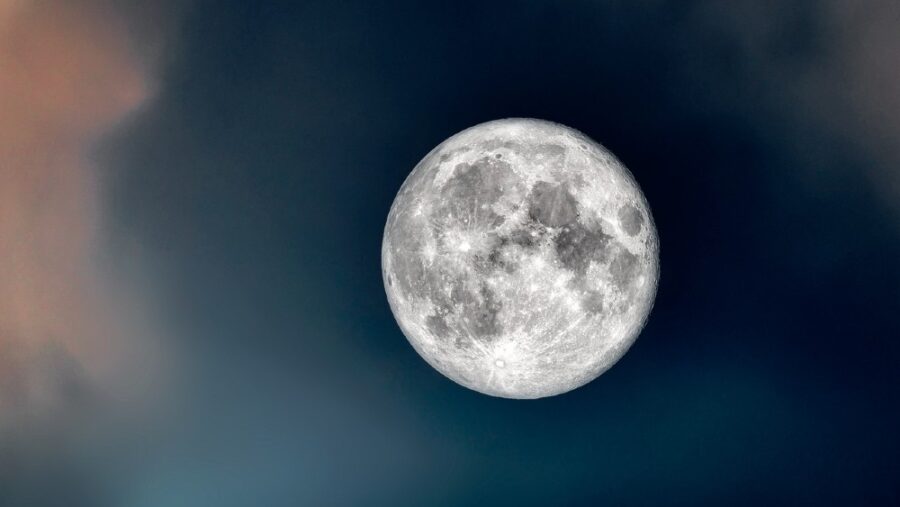
Scientists have proposed a radical solution to the problem of safeguarding the future of endangered animals here on Earth. In a bold new article in Oxford’s academic journal, BioScience, Mary Hagedorn and her team posit that the Earth’s endangered species could be saved by creating a frozen repository in the cold spots on the Moon. Using a method called cryopreservation, the scientists put forward a strategy for saving frozen, living cells from animals in a biorepository stationed on the Moon, harnessing its natural cold temperatures and vast spaces for the project.
A Solution For Endangered Species
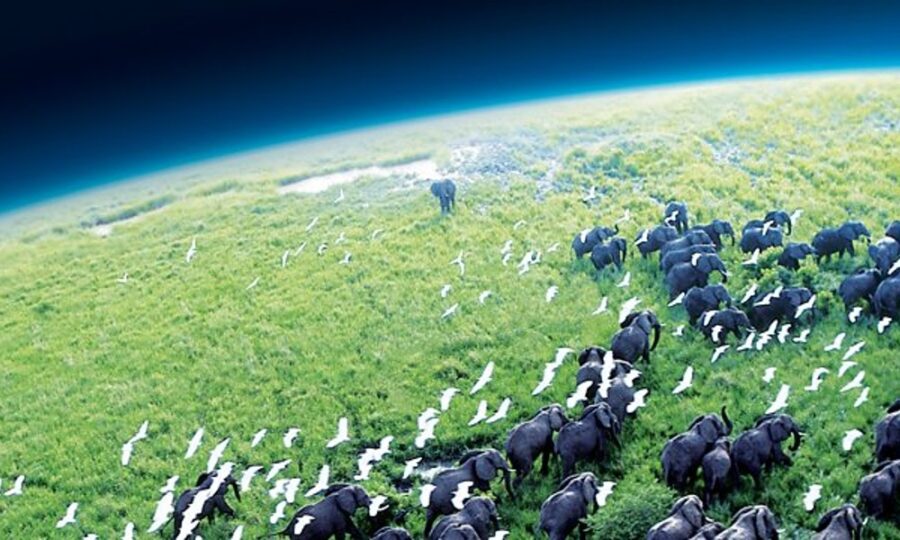
Increasing numbers of species are at risk of extinction on Earth because of a variety of climate and habitat pressures. The number of endangered animals is unknown, as there are species yet to be identified, but experts agree that the number is growing. The urgency of the problem requires an inventive solution, and the Moon has been put forward as a hopeful, if ambitious, target.
The Temperature Of The Moon
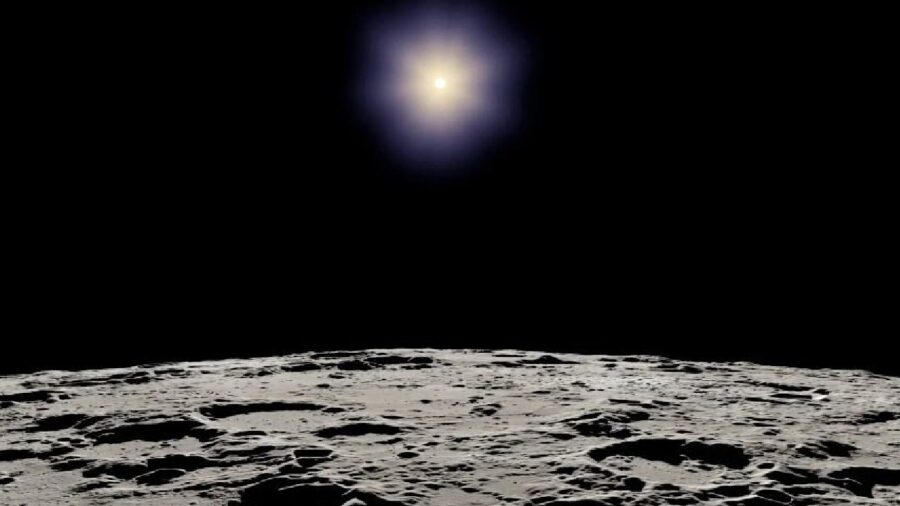
The challenge facing cryopreservation efforts for endangered animals here on Earth is that space and energy scarcity limit the volume of samples that can be stored. Earth is far too warm to store frozen biological material for conservation without 24/7 specialized refrigeration. The Moon offers a novel solution to the problem of limited space and energy here on Earth with its cold spots that average 321 Fahrenheit and could potentially allow samples to be stored passively without an energy source.
Logistical Challenges
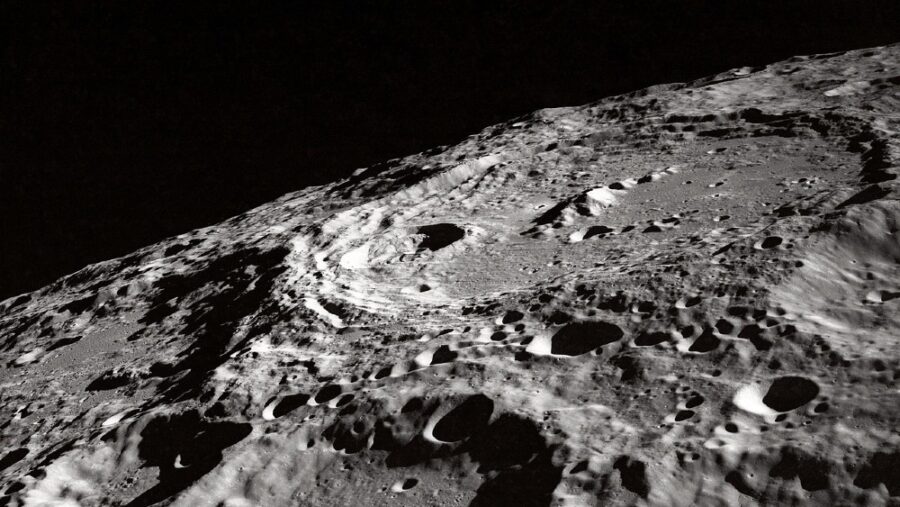
Bringing the frozen cells of endangered animals to the Moon has its challenges, though. Since there has been little off-planet study on the preservation of frozen cells in space, scientists need to tackle packaging and insulation to ensure that samples aren’t damaged during transportation. Protection from radiation and temperature fluctuations in space and en route to the Moon will be the biggest obstacle to successfully creating a biorepository on the Moon.
To vet the special packaging once it has been designed, a period of study is proposed aboard the International Space Station to make sure that the frozen endangered animal samples can be preserved. To determine the effects of microgravity and increased exposure to radiation on the samples within the packaging, experiments will need to be completed in space before the project begins on the Moon. The study will also assess how the packaging holds up in transport and maintains its internal temperature.
A Long-Term Solution
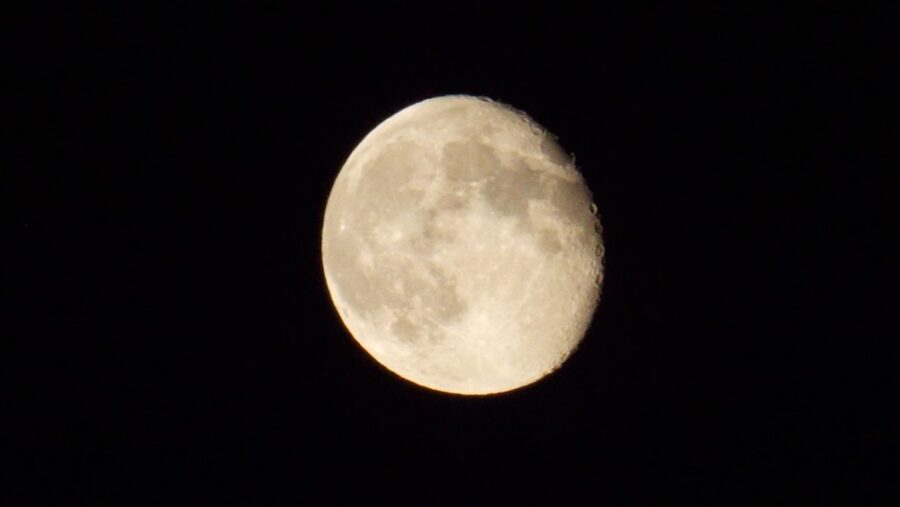
Despite the urgency to save endangered animals, the projected schedule for the lunar cryopreservation project is decades long. In addition to the practical factors of setting up a storage facility on the Moon, the plan would require a massive level of international cooperation to be successful. In addition to funding, the questions of public ownership, long-term stewardship, and future use of samples should be negotiated for a successful execution of the plan.
Moon Travel Is Picking Up

Human activity on the Moon is projected to increase in the coming decades as private industries race to build bases for various purposes. While these ventures are exciting, the prospect of preserving genetic material from endangered animals in the form of a lunar arc should not take a back seat to other endeavors, as the future of life on Earth hangs in the balance. While the proposal to create a biorepository on the Moon might seem out of reach, the prospect of losing hundreds or thousands of species to extinction is enough to strive towards this extraordinary plan.
Source: BioScience












